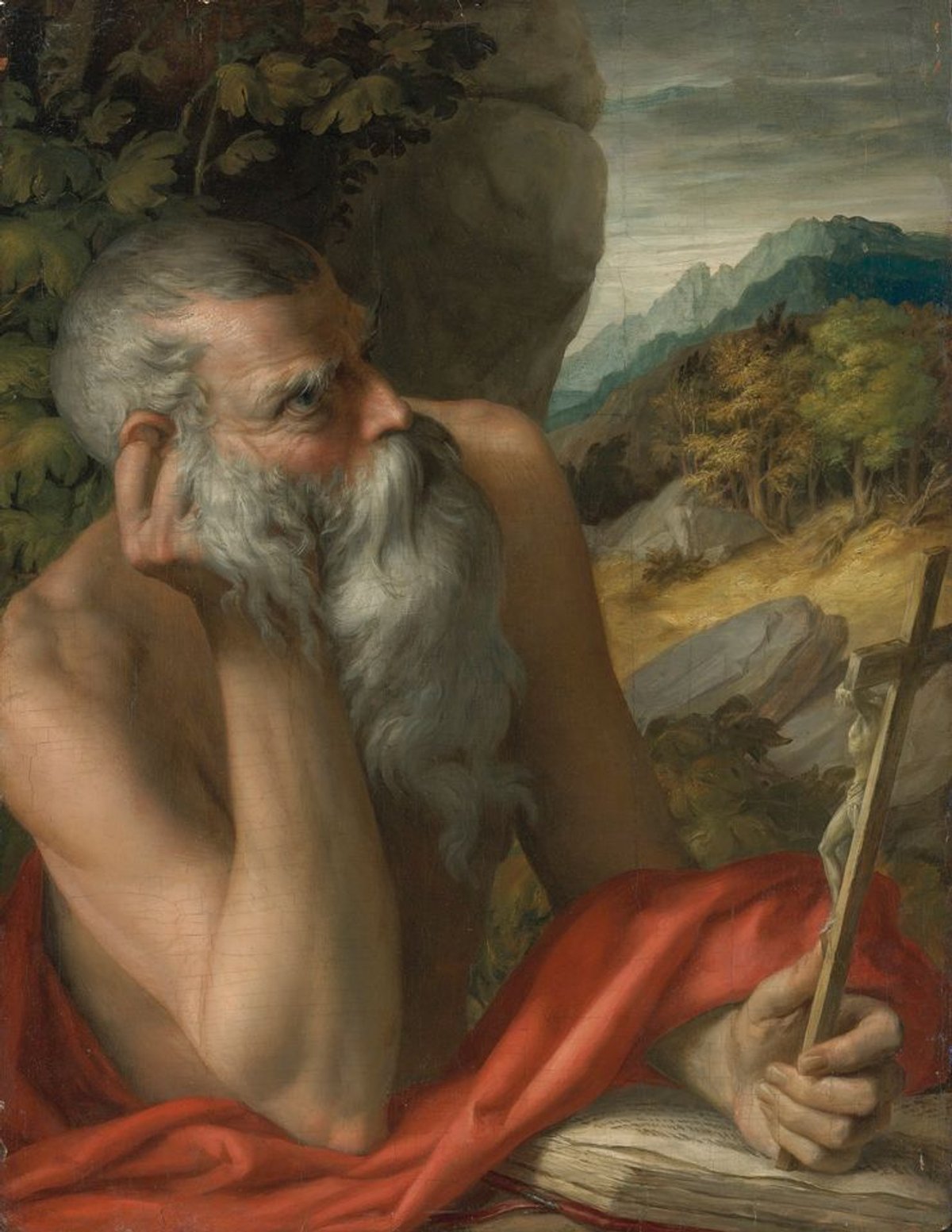The seller of a painting of Saint Jerome that had been attributed to Parmigianino, or his followers depending on the expert, has been ordered by a federal court in New York to refund Sotheby’s after an expert report “conclusively” found that the painting was a “modern forgery”, according to the judgement.
In his 6 November decision, Judge George Daniels found Lionel Saint Donnat de Pourrières liable for breach of contract and ordered him to reimburse Sotheby’s $842,500—the amount it refunded the buyer in the 2012 sale—plus $158,090 in interest, as well as the cost of the forensic inspection led by Orion Analytical and the auction’s house’s legal fees. The total comes to more than $1.2m, around twice the sum De Pourrières made from the auction.
De Pourrieres, who did not appear in court, declined to comment on the judgement, and the lawyers who initially represented him withdrew from the case. The Luxembourg-based broker had tried to challenge Orion’s findings through a second opinion, but De Pourrieres’s own expert, Maurizio Seracini, reached the same conclusion, saying the work was “without doubt a 20th-century fabrication”. Both examinations found modern synthetic pigments in the paint.
Saint Jerome is one of several paintings at the centre of a major Old Masters fakes scandal. The painting was previously owned by Giuliano Ruffini, whose collection included a number of other panels that are now part of a wide criminal investigation in France. Saint Jerome was first authenticated by the late Parisian expert Mario di Giampaolo and Sylvie Béguin, an honorary curator of the Louvre. In 2003, it was included as an original work by the Mannerist master Parmigianino in exhibitions in Parma and the Kunsthistoriches Museum in Vienna, despite doubts then expressed by the British specialist David Ekserdjian. It was described by Sotheby’s for the 2012 sale as by the Circle of Parmigianino. When it was lent to the Metropolitan Museum in New York for display from April 2014 to February 2015, it was again attributed to Parmigianino.
Sotheby’s proposed submitting Saint Jerome to a forensics lab for testing in 2016, after a Venus attributed to Cranach in the Prince of Lichtenstein’s collection, which also came from Ruffini, was seized in France. When Orion’s report concluded Saint Jerome was a fake, Sotheby’s rescinded the sale and refunded the buyer.
UPDATE: On Thursday (15 November), Lionel de Pourrières said that he will do “everything necessary to recover his painting”, and denied that the work could be a forgery. Challenging the New York judgement, he promised to sue Sotheby’s “in Luxembourg and in Paris” for having “destroyed his reputation”. He says since “the painting was entrusted to Sotheby’s France, the judgement pronounced in New York is not valid”. However, the auction house has pointed out that the consignment contract signed was with Sotheby’s, New York, where the painting went on sale.
The Luxembourg-based collector maintains that both forensic expert reports, cited by the US federal court, are “science fiction”. He adds that he was so “shocked” by the “treason” of his own expert, Maurizio Seracini, who declared the work was fake, that “he did not have time to prepare his response” and chose to withdraw from the US court case, in order to proceed with legal action in Europe.
De Pourrières says he is also convinced the criminal investigation underway in France since 2015, into a series of paintings which, like this one, came from Giuliano Ruffini, will finish with “a general dismissal for lack of evidence”.





